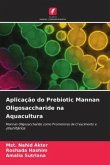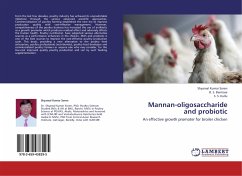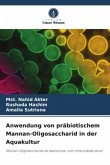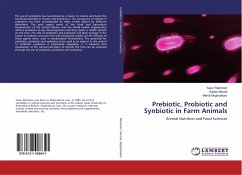To date several prebiotic oligosaccharides that have been shown to have a positive influence in aquaculture species include mannan oligosaccharides (MOS), fructo oligosaccharides (FOS), short-chain fructo oligosaccharides (scFOS) and galacto oligosaccharides (GOS). Among the prebiotics studied, MOS is gaining prominence as a dietary supplement for fish and crustacean species. Mannan oligosaccharide are glucomannoprotein complexes derived from the cell wall of yeast (Saccharomyces cerevisiae). The current study selected MOS as a dietary supplement for striped catfish based on its added capability to reduce the proliferation of pathogenic bacteria (e.g. certain strains of Escherichia coli, Salmonella, Aeromonas and Clostridium) in the intestine. MOS has been shown to act as receptor analogues to type-1 fimbrial adhesins of pathogenic bacteria, preventing them from colonising gastrointestinal tract and ultimately resulting in its excretion from the intestinal tract. In this way, MOSnot only prevents gastrointestinal attachment of these pathogenic bacteria, but also it removes the attached pathogens from the gastrointestinal tract.
Bitte wählen Sie Ihr Anliegen aus.
Rechnungen
Retourenschein anfordern
Bestellstatus
Storno








